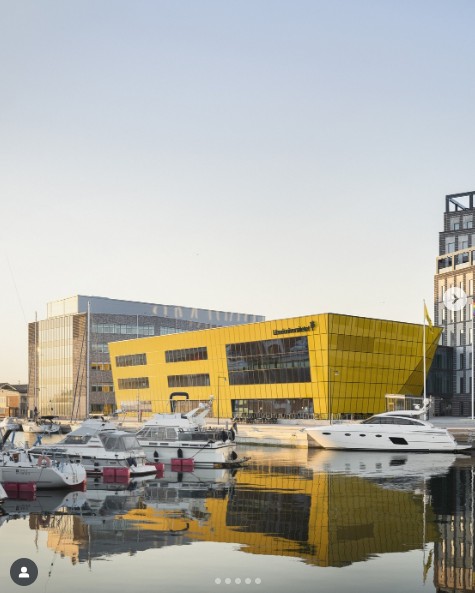Higher education
Studying in Sweden comes with critical thinking, freedom and responsibility.
Swedish higher education comprises around 50 universities and university colleges, a majority of them offering courses and programmes in English. Most are state-run, but some are independent institutions of higher education, like Chalmers University of Technology in Gothenburg, Jönköping University and Stockholm School of Economics. Some of the oldest universities are Lund and Uppsala.
Swedish universities tend to find their way onto global rankings like the Times Higher Education World University Rankings and the Shanghai Jiao Tong Academic Ranking of World Universities.
Study in English
Sweden offers over 1,000 degree programmes in English.
More details at studyinsweden.se.
Freedom with responsibility
What sets Swedish higher education apart is the teaching model. Based on the motto ‘freedom with responsibility’, a large part of the learning process takes place outside of the classroom, with students mainly pursuing their studies on their own or in groups.
Group work is often key. It encourages students to learn from others and solve complex issues as a team. Working together in diverse teams allows students to develop decision-making, time management, and interpersonal skills. By simulating the real dynamics of an international work place, students foster skills that will benefit their future global career, where teamwork across cultures is the norm.
Students in Sweden are expected to take full responsibility for their own learning. To figure things out for themselves. To look beyond their textbooks for answers.
Critical thinking
The teaching style at Swedish universities and university colleges also promotes critical thinking. Students are expected to question what they learn. Or to question beliefs that are often taken for granted. Debating and arguing with peers and lecturers is accepted and welcomed.
And challenging the status quo is not limited to theory or coursework. Student opinions are asked for and listened to in all aspects of university life. They have a right to influence everything related to their education. This could be in terms of the content and structure of their degree programme, or their study environment.
International student blog at Study in Sweden:
Hi! 👋 In this blog you can read about our experiences as international students in Sweden!
Equality in focus
Sweden is recognised as one of the most equal countries in the world, and equal access is a core component of the higher education system. Students of all backgrounds are welcome, regardless of gender, religion, home country or socioeconomic background. There is no upper age limit at Swedish universities or universities colleges, resulting in a lifelong opportunity for higher education.
Swedish society in general is informal and non-hierarchical, and students speak to and are treated by lecturers as equals. Everyone is on a first-name basis – no titles required.
Entry requirements
Entry requirements at universities in Sweden vary, but all universities demand that students have successfully completed their upper secondary (high school) education, regardless of nationality. You can read more about requirements at different levels on universityadmissions.se.
Government and financing
The Swedish Ministry of Education and Research outlines the governing policies for higher education and research in Sweden. And the Swedish Higher Education Authority (UKÄ) evaluates the quality.
Higher education in Sweden is financed largely by tax revenue. Tuition fees are fully subsidised for students from Sweden, the EU/EEA area and Switzerland. Students from outside the EU/EEA and Switzerland pay tuition fees, but scholarship programmes that cover tuition and living costs are available for a number of non-EU countries.
Scholarships
To enable students who can’t pay tuition fees to study in Sweden, there are scholarship programmes available.
The Swedish Institute has a scholarship programme aimed at highly qualified students from certain countries who are applying for master's studies. The scholarship is designed to cover living costs, tuition fees and insurance. It also includes a travel grant.
Also, the majority of Sweden's universities offer scholarships. Students then apply directly to the individual university.
Learning Swedish
- Swedish Online – Skype-based courses at Folkuniversitetet
Everyone speaks English
Sweden regularly ranks as one of the top countries in the world for non-native speakers of English. It’s easy for students to get around without Swedish. Students are able to use English everywhere, from the classroom to the city centre.
Having said that, learning a bit of Swedish will help students get a deeper understading of the country – and it might add some fun.
Study in Sweden
For more information on studying in Sweden, please visit studyinsweden.se.


